Matthew Williams
Matt Williams is a space journalist, science communicator, and author with several published titles and studies. His work is featured in The Ross 248 Project and Interstellar Travel edited by NASA alumni Les Johnson and Ken Roy. He also hosts the podcast series Stories from Space at ITSP Magazine. He lives in beautiful British Columbia with his wife and family. For more information, check out his website.
Recent Articles
-
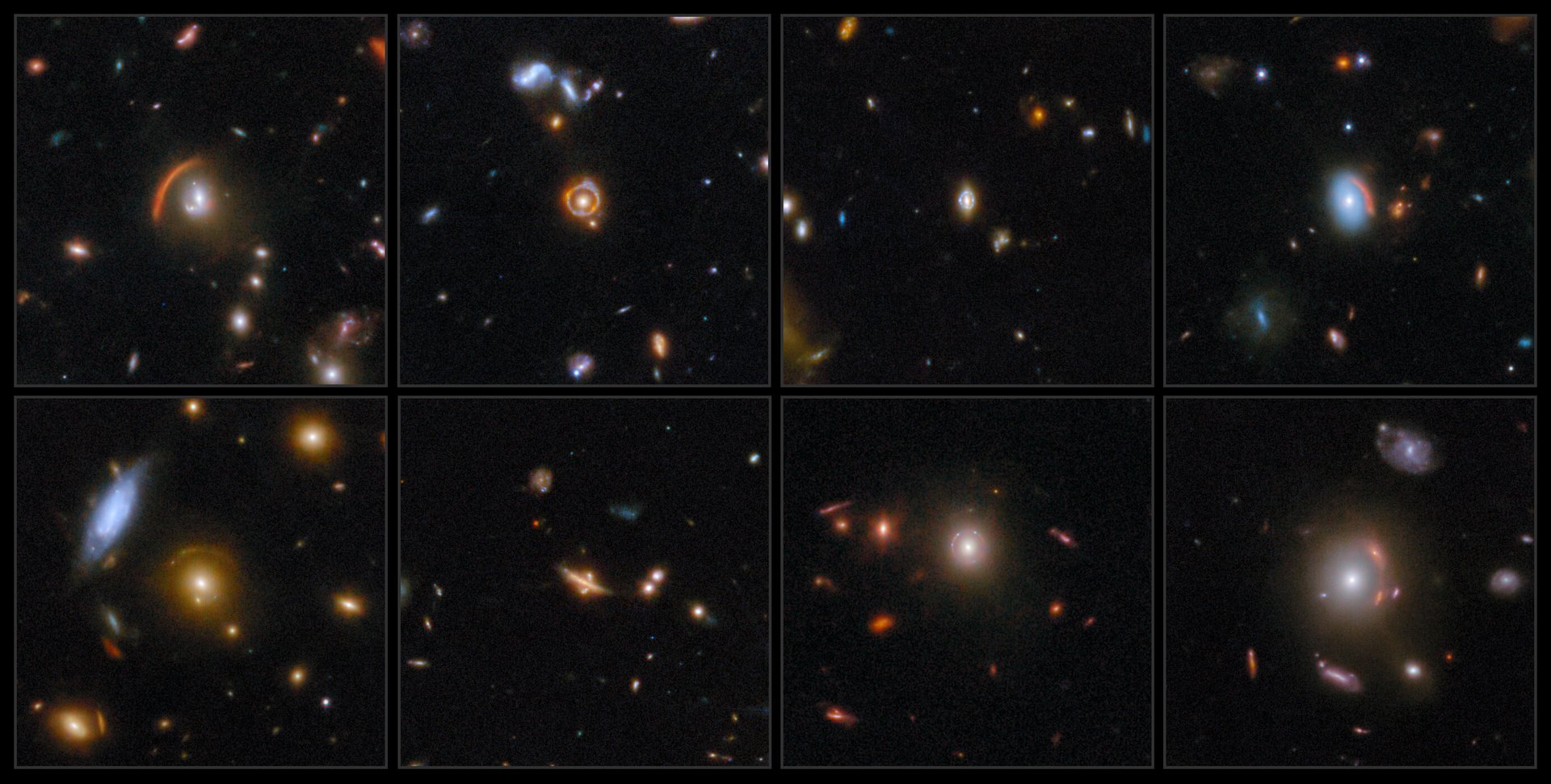
-
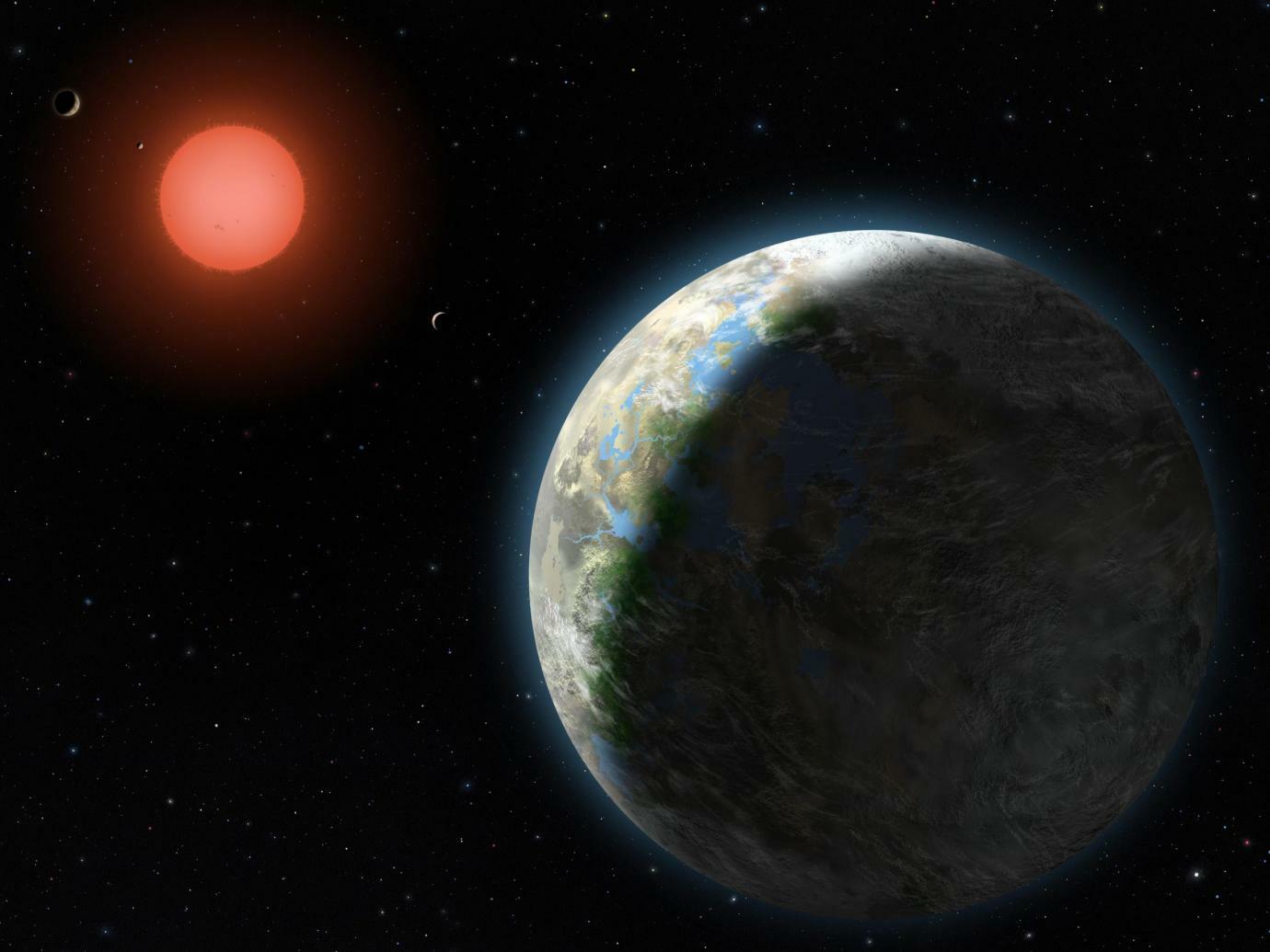
New Research Suggests Red Dwarf Systems are Unlikely to Have Advanced Civilizations
October 05, 2025While no evidence of life beyond Earth has been found (yet), it is assumed that life and habitable planets are the norm (per the Copernican Principle). Meanwhile, exoplanet studies have revealed several rocky planets orbiting within the habitable zones of nearby dwarf suns. But as Columbia University Professor David Kipping argues in a recent paper, there is evidence that Earth could be an outlier, while rocky planets orbiting red dwarfs may not be capable of supporting advanced life.
-
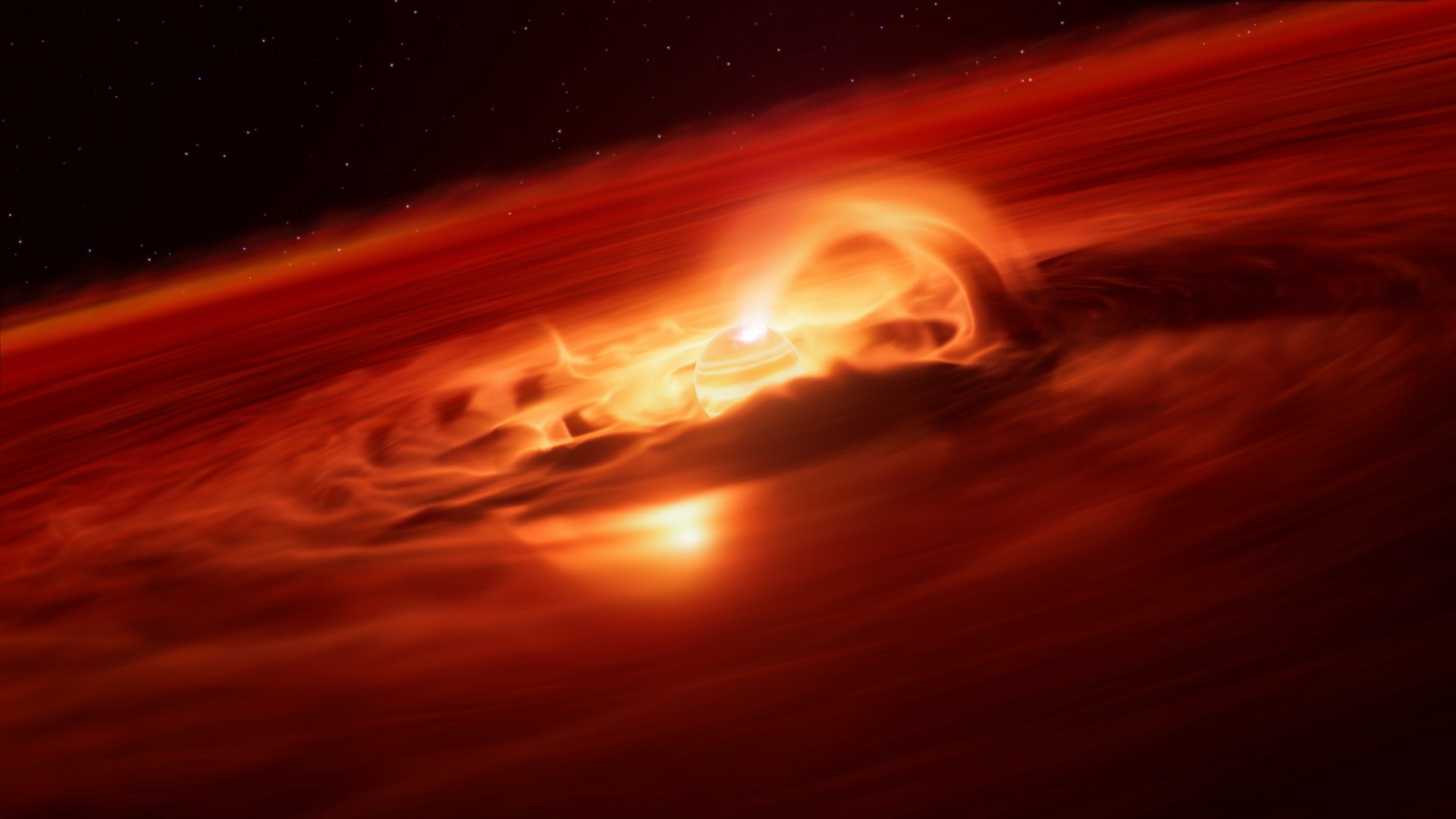
Rogue Planet Found Having Massive "Growth Spurt"
October 04, 2025New observations made with the European Southern Observatory’s Very Large Telescope (ESO’s VLT) identified an enormous a rogue planet with the strongest growth rate ever recorded. These observations reveal that this free-floating planet is eating up gas and dust from its surroundings at a rate of six billion tonnes a second.
-
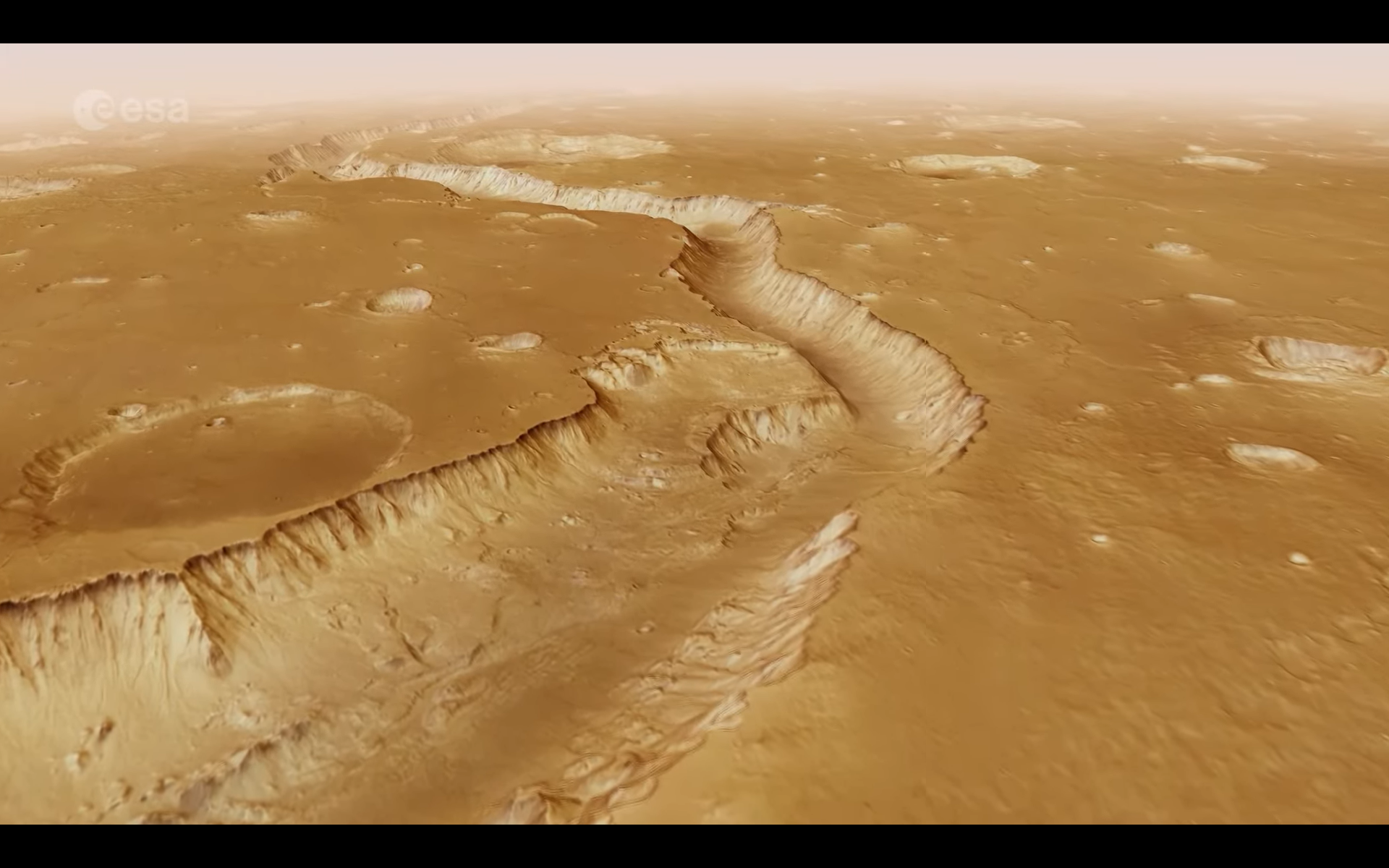
Take a Flight Over the Martian Surface with the ESA's Mars Express
October 03, 2025ESA’s Mars Express takes us on another mesmerizing flight over the highlands of Xanthe Terra to the smoother lowlands of Chryse Planitia. Billions of years ago, water surged through this region, creating many of the features we see today.
-
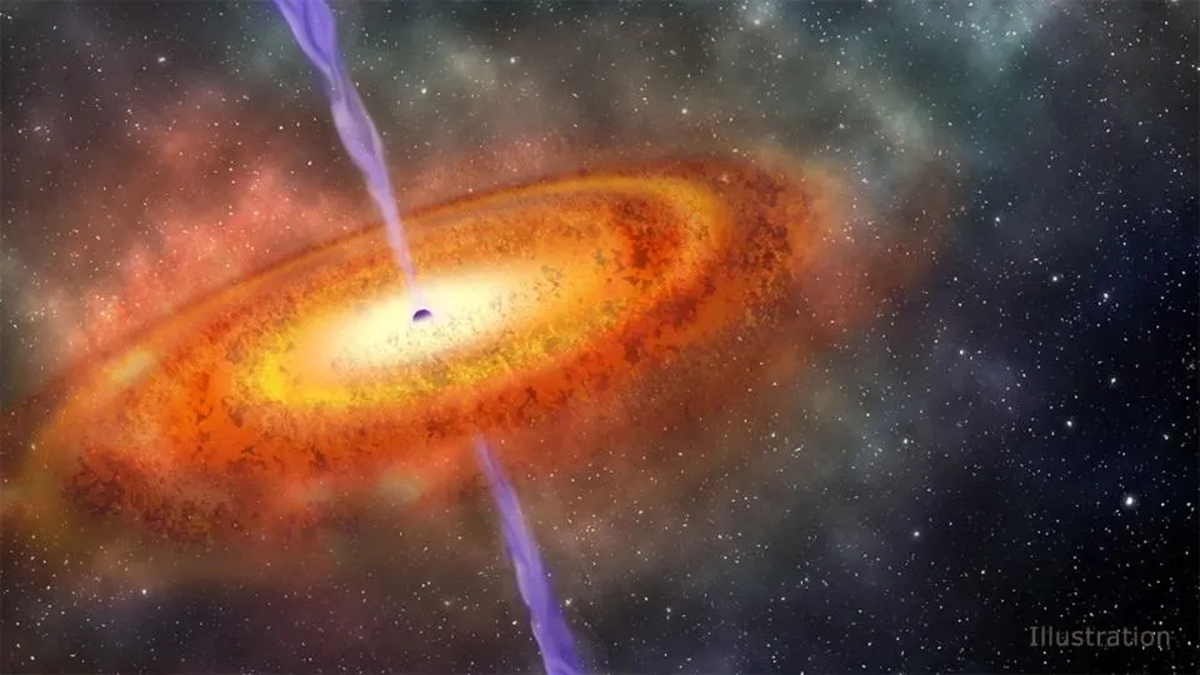
Two Quasars From the Early Universe Provide Clues About Galactic Evolution
October 03, 2025An international of researchers, including the Kavli Institute for the Physics and Mathematics of the Universe (Kavli IPMU, WPI) have used the James Webb Space Telescope to uncover 12 black holes from 12.9 billion years ago, shedding light on how black holes and galaxies evolved in the early Universe.
-
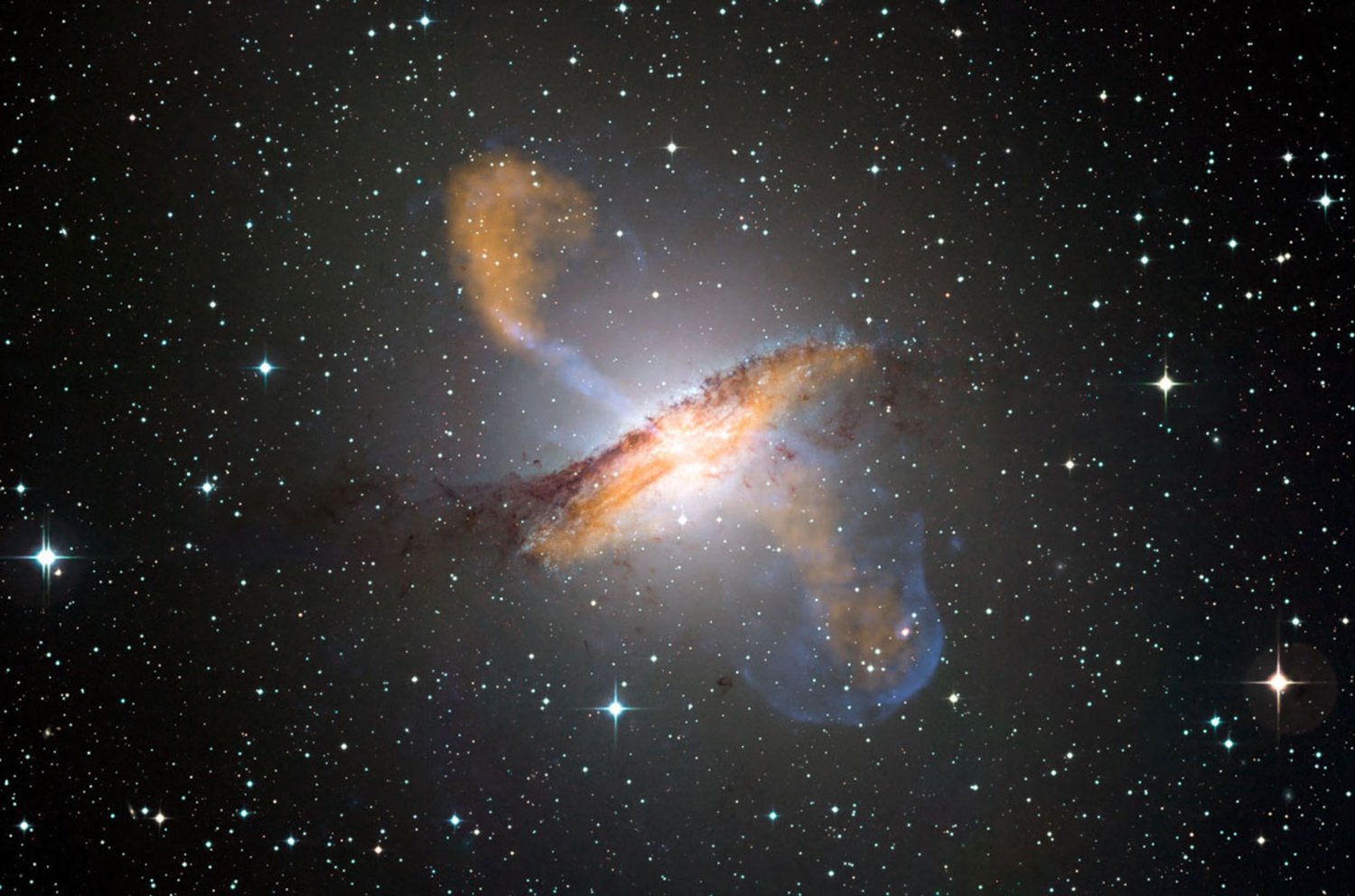
Galaxies with High Radio Emissions Could be Home to Many Advanced Civilizations
September 30, 2025arXiv:2508.00249v1 Announce Type: new Abstract: Any population of artificial radio broadcasts in a galaxy contributes to its integrated radio luminosity. If this radio emission is bright enough, inhabited galaxies themselves form a cosmic population of artificial radio galaxies. We can detect these broadcasts individually or set constraints from their collective emission. Using the formalism in Paper I and II, I set bounds on the artificial radio galaxy population using both of these methodol...
-
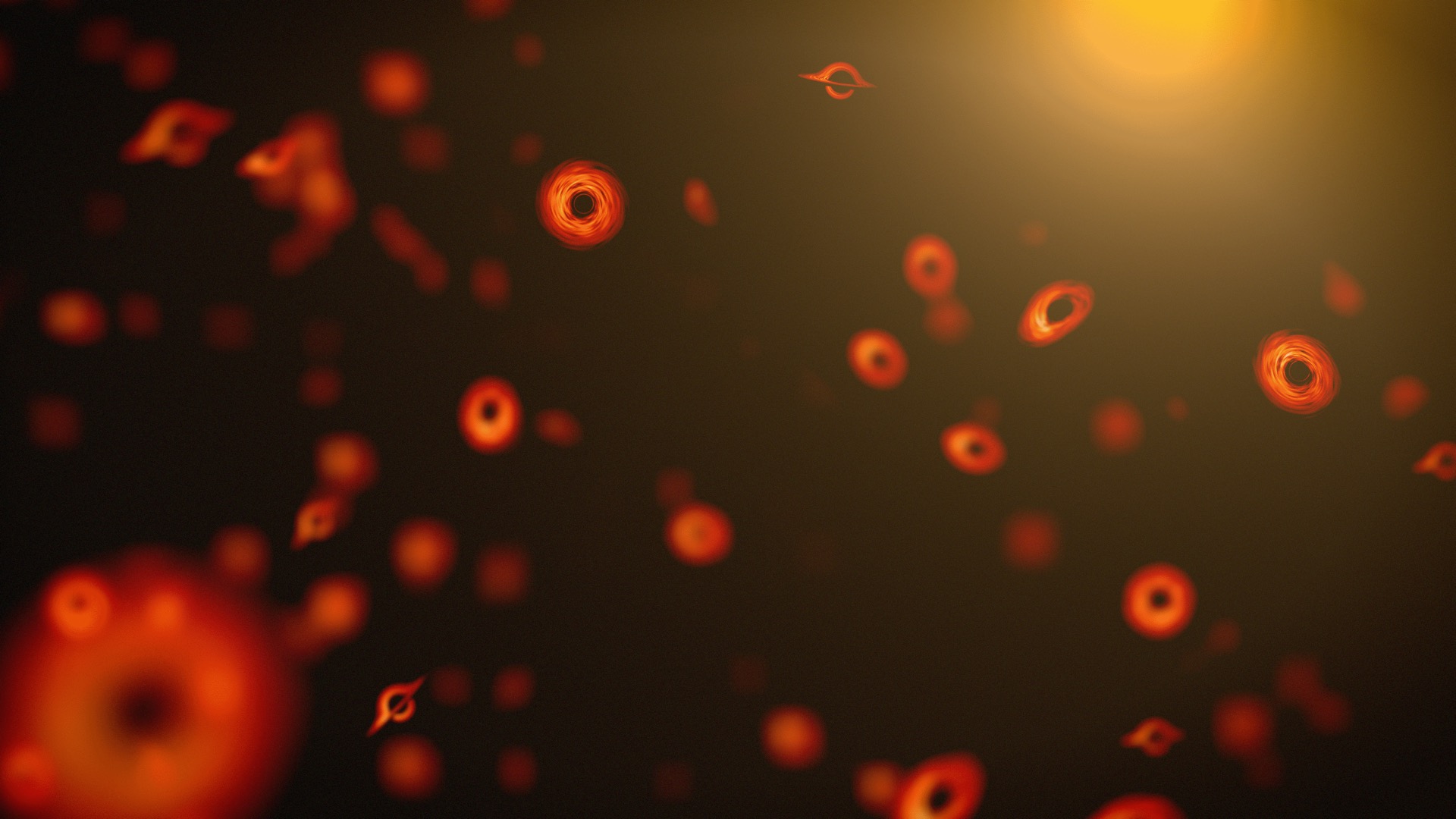
Could a Primordial Black Hole Explain that Mysterious Neutrino?
September 29, 2025If a new proposal by MIT physicists bears out, the recent detection of a record-setting neutrino could be the first evidence of elusive Hawking radiation.
-
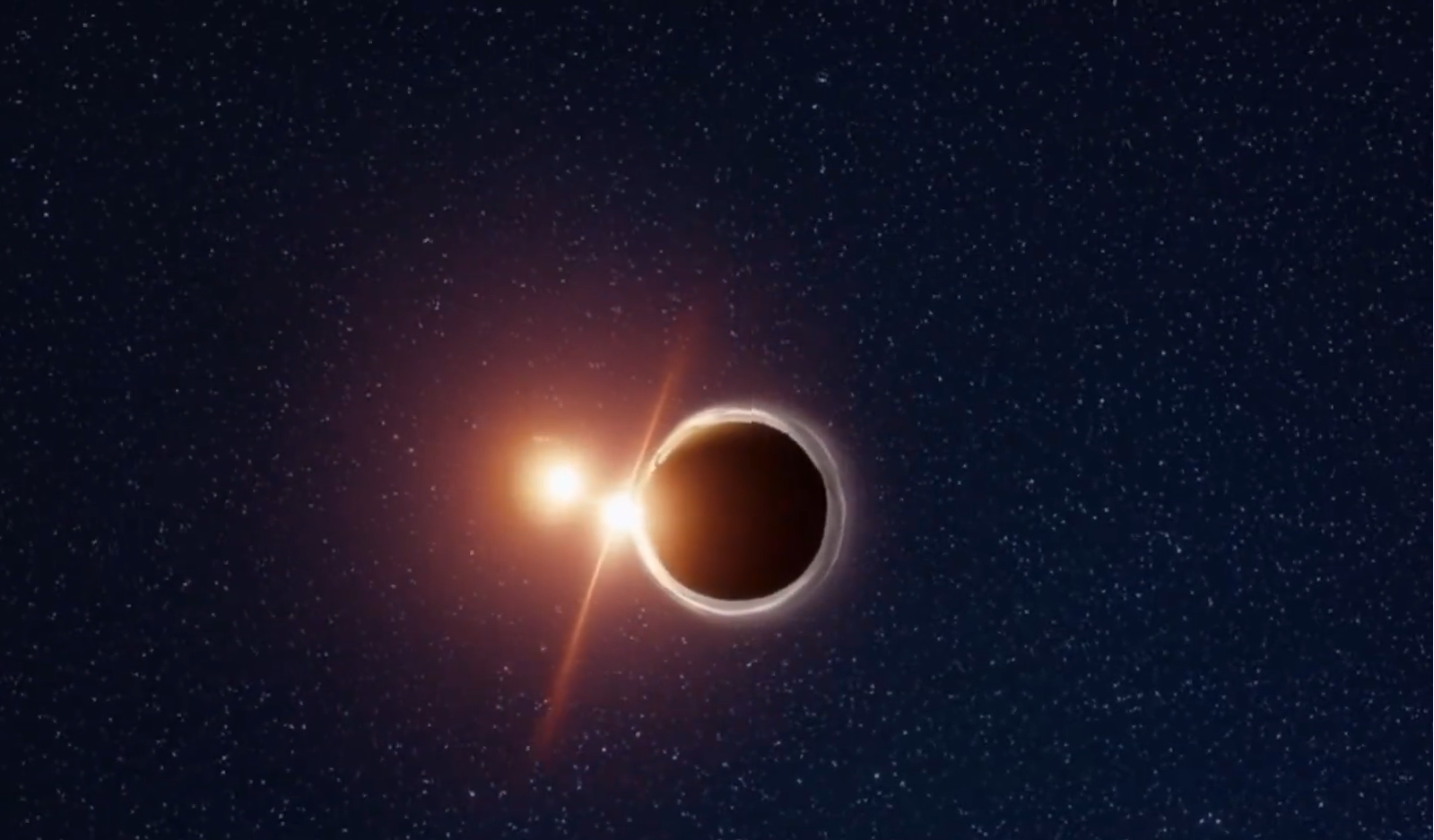
Kepler Reveals the True Source of the Signal Coming From KOI-1755
September 29, 2025Researchers Uncover True Source of KOI-1755 Transit Signal Using Kepler Space Telescope kerryhensley45577 Mon, 09/08/2025 - 10:36 Researchers Uncover True Source of KOI-1755 Transit Signal Using Kepler Space Telescope https://english.cas.cn/newsroom/research_news/phys/202509/t20250904_1053933.shtml
-
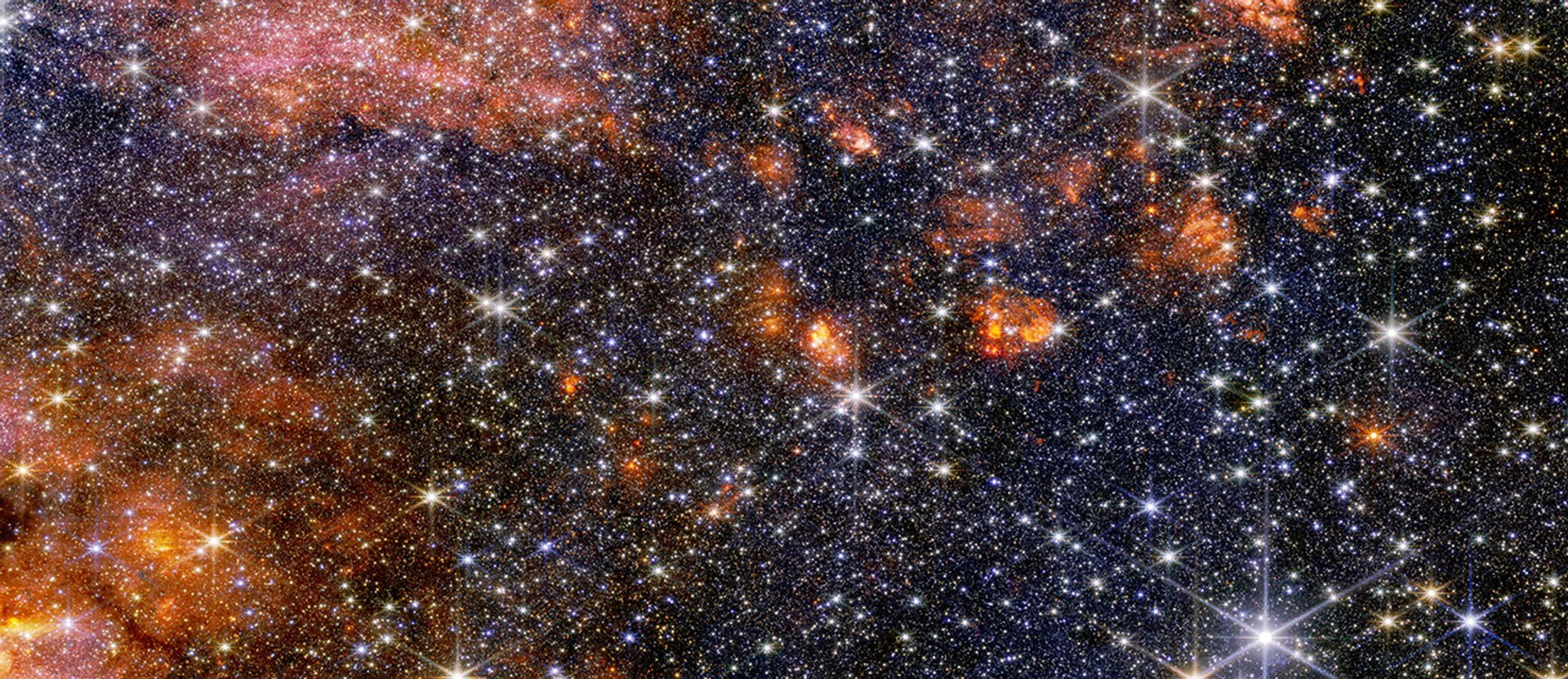
Behold the JWST's Stunningly-Detailed Images of the Largest Star-Forming Cloud in Milky Way
September 26, 2025NASA’s James Webb Space Telescope has revealed a colorful array of massive stars and glowing cosmic dust in the Sagittarius B2 molecular cloud, the most massive and active star-forming region in our Milky Way galaxy.
-
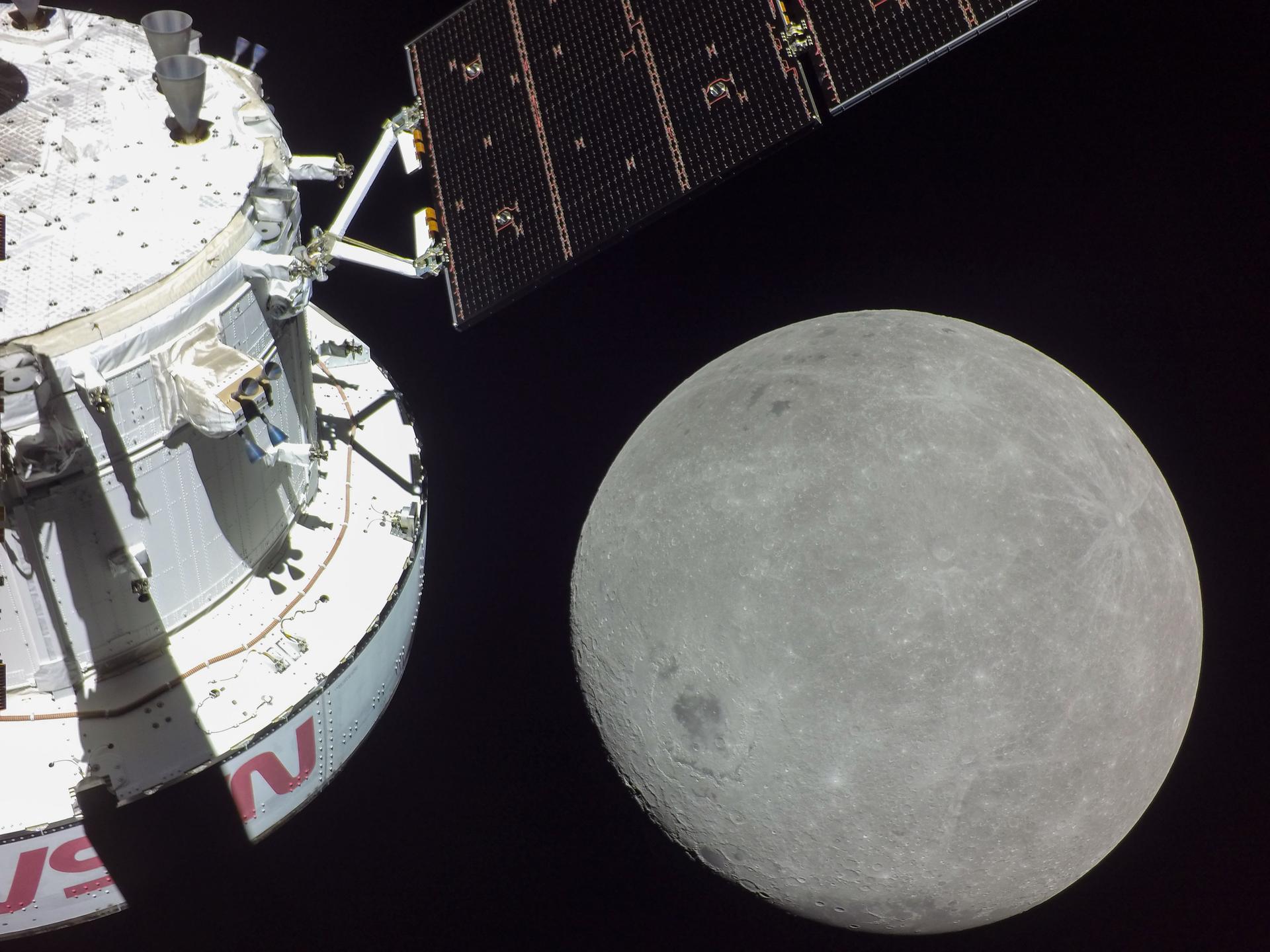
NASA is Looking to Launch Artemis II by February
September 26, 2025NASA announced that Artemis II, the first crewed mission to the Moon since the Apollo Era, will launch by February 2026. The crew has named their spacecraft "Integrity" to honor the efforts those working tirelessly to realize NASA's long-awaited return to the Moon.
-
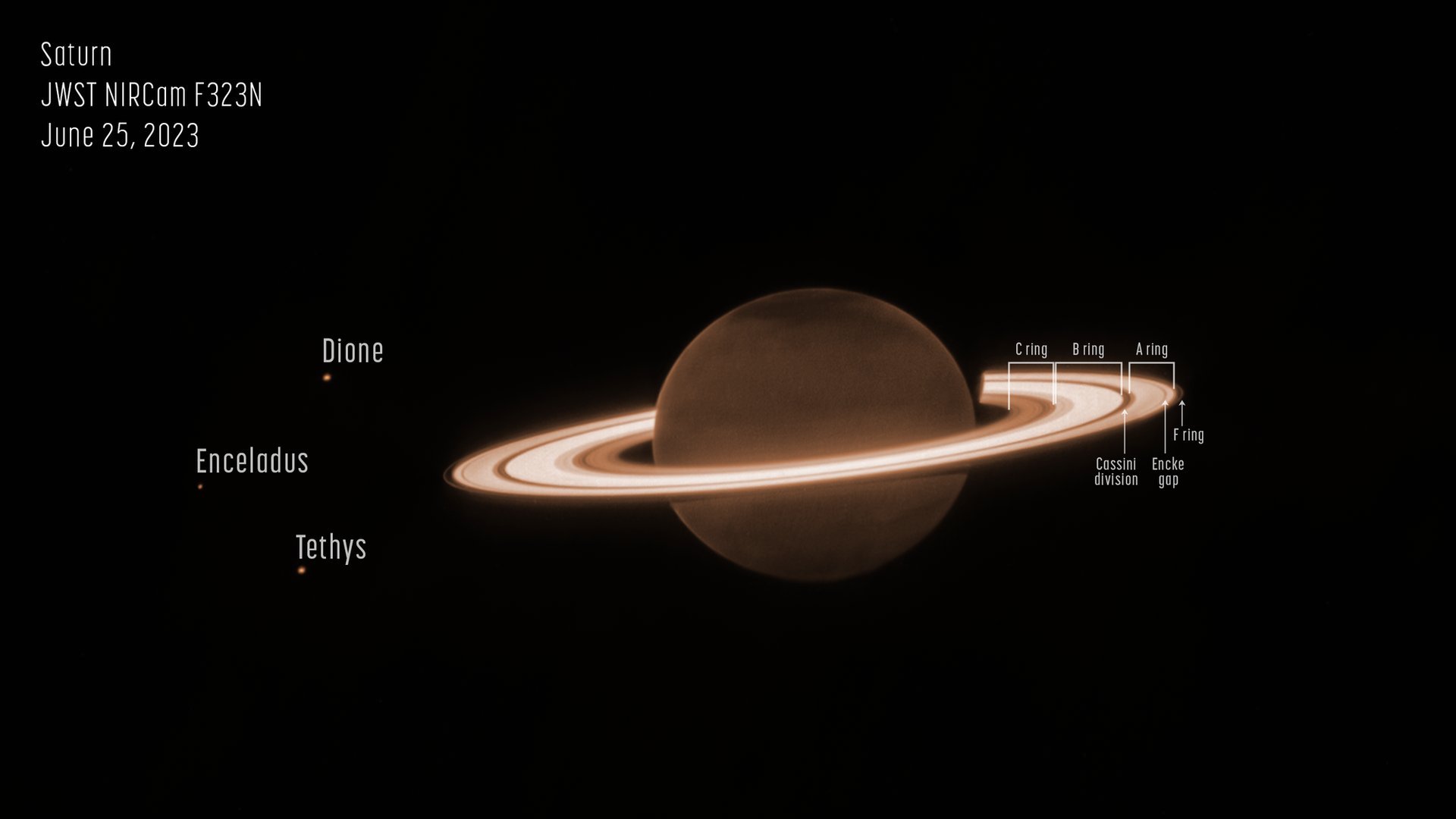
Webb Reveals Fascinating Features in Saturn's Atmosphere
September 26, 2025A study of Saturn's atmospheric structure using data from the James Webb Space Telescope (JWST) has revealed complex and mysterious features unseen before on any planet in our Solar System. The results were presented last week by Professor Tom Stallard of Northumbria University, at the EPSC-DPS2025 Joint Meeting in Helsinki.
-
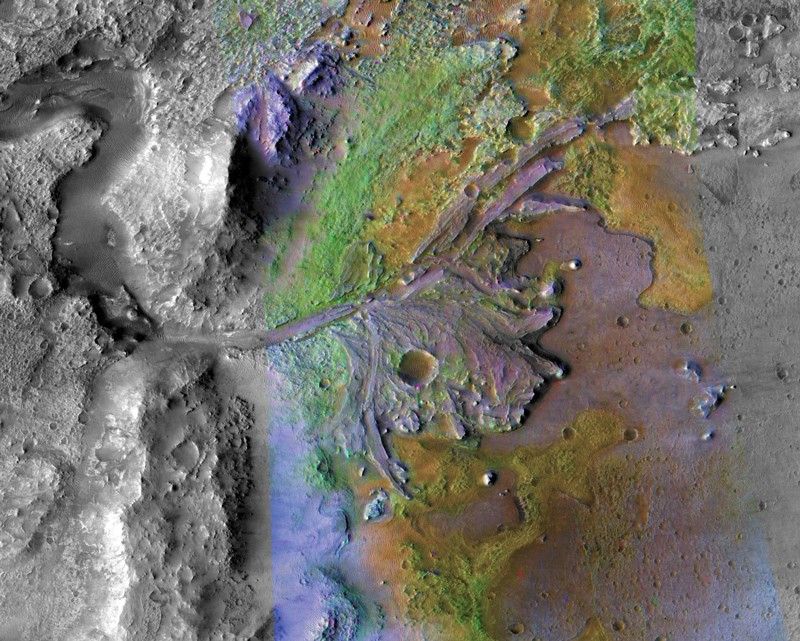
Mars Had Multiple Episodes of Hability, Says New Research
September 24, 2025 -

Lunar Astronauts Could Grow Their Own Tea
September 22, 2025A team of researchers from Kent have demonstrated that it is possible to grow tea in lunar soil as part of a wider field of work to explore how future astronauts living and working on the moon can grow their own food.
-
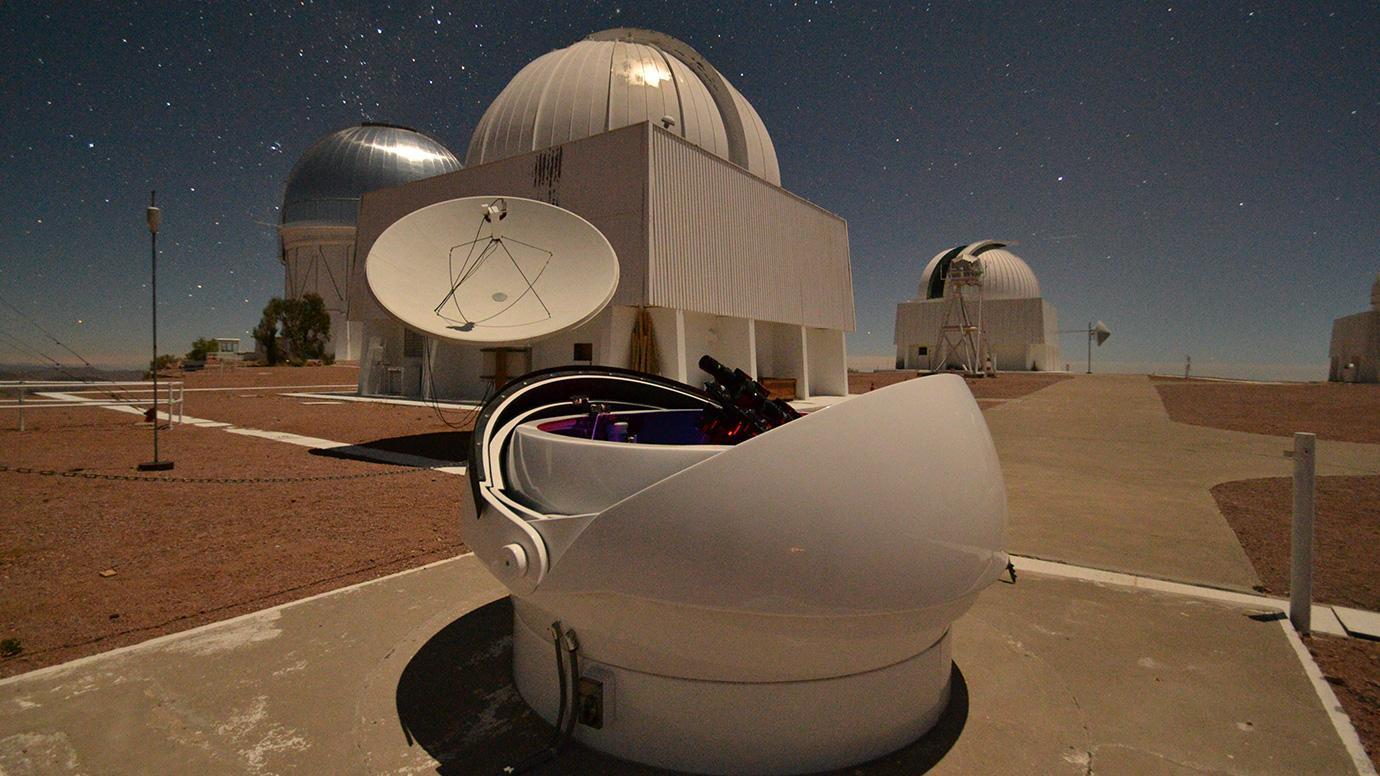
Could Dark Energy Be Evolving Over Time?
September 21, 2025A new study, based on years of precise data from telescopes such as the Dark Energy Survey in Chile, above, suggests that the mysterious force known as dark energy may be evolving over time rather than constant.
-
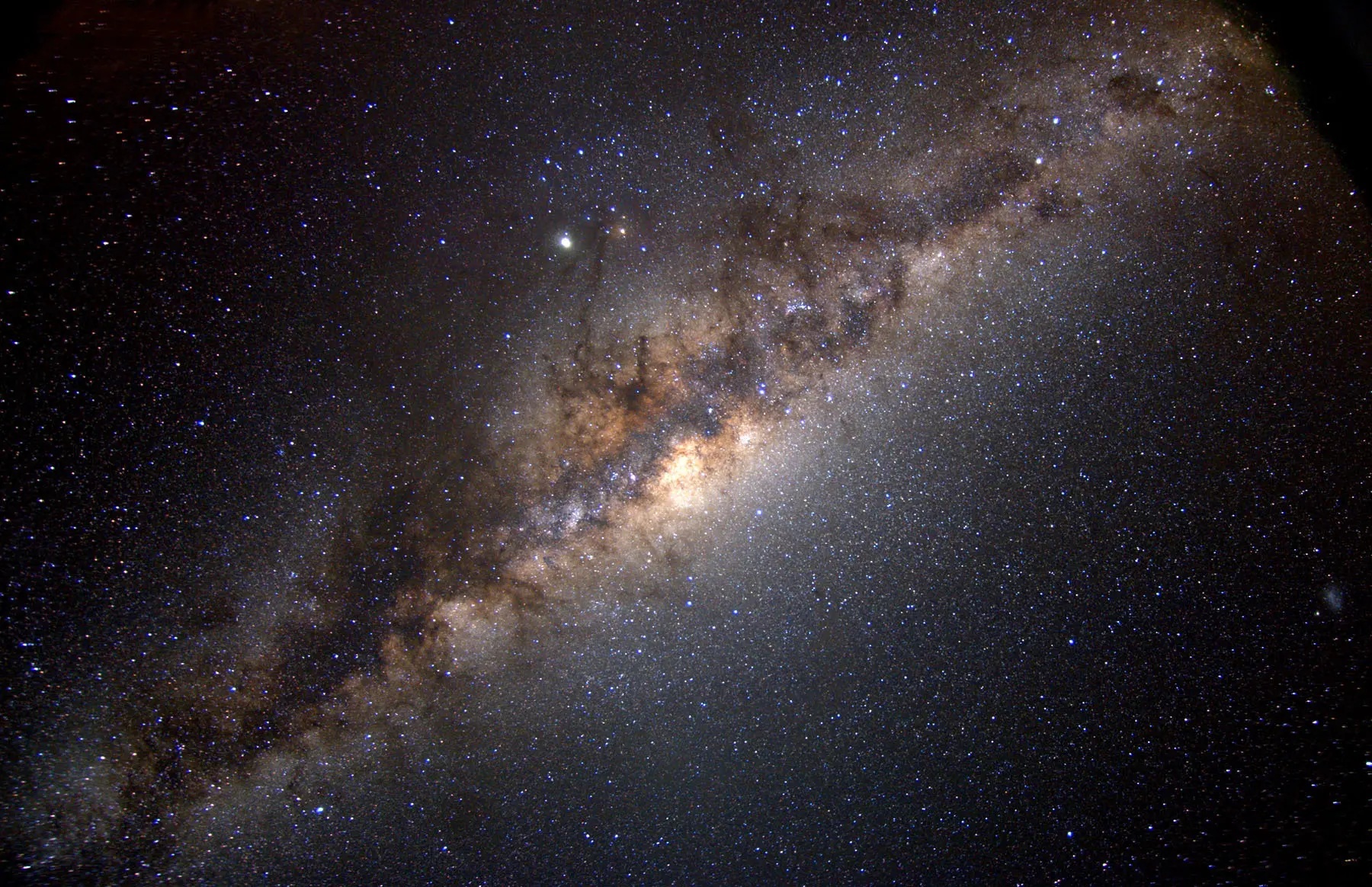
The Galaxy's Influence on Earth can be Found in Crystals
September 20, 2025Earth’s History Written in the Stars: Zircon Crystals Reveal Galactic Influence kerryhensley45577 Tue, 09/16/2025 - 10:27 Earth’s History Written in the Stars: Zircon Crystals Reveal Galactic Influence https://www.curtin.edu.au/news/media-release/earths-history-written-in-the-stars-zircon-crystals-reveal-galactic-influence/
-
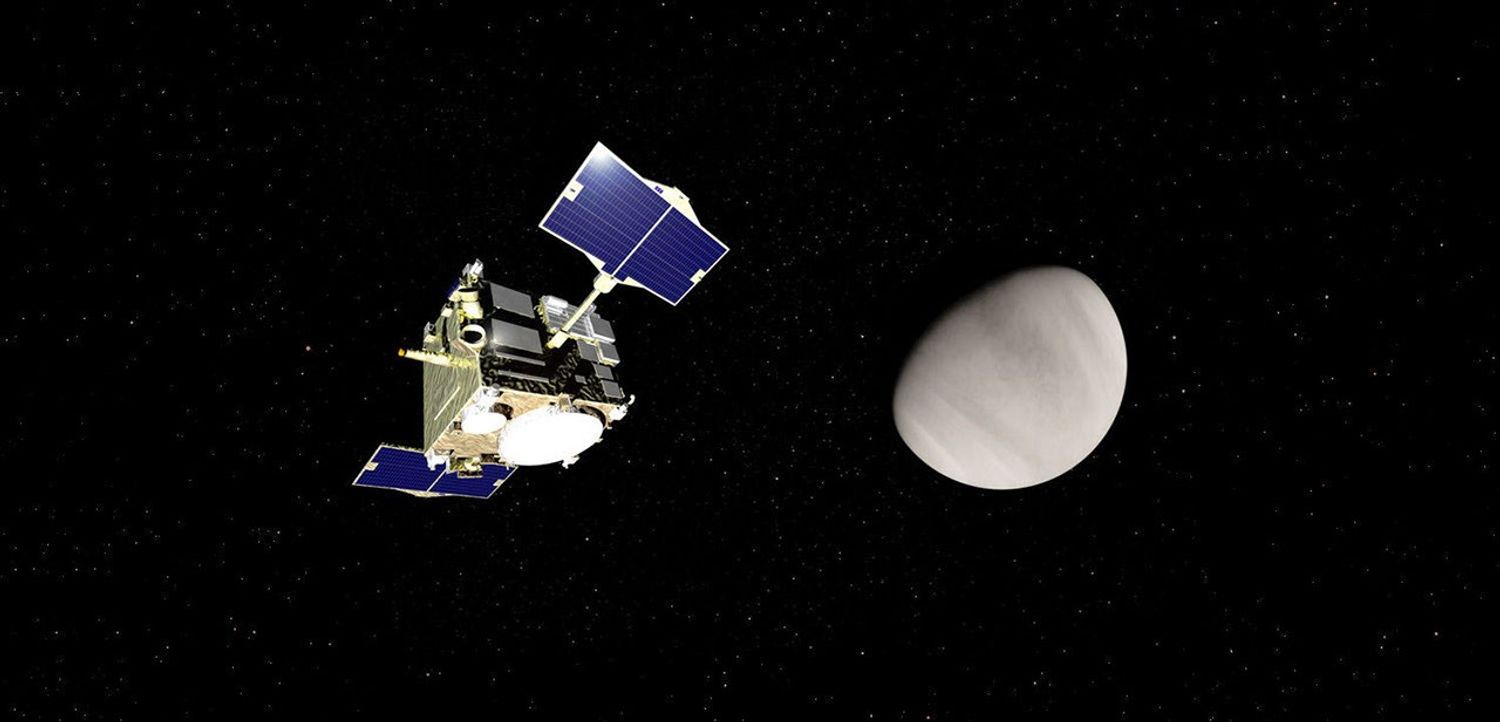
Japan's Akatsuki Venus Orbiter Completes its Mission
September 20, 2025The Japan Aerospace Exploration Agency (JAXA) conducted the termination procedure for the Venus Climate Orbiter “Akatsuki” (PLANET-C) starting at 9:00 AM on September 18, 2025 (JST), thereby ending the probe's operations.
-
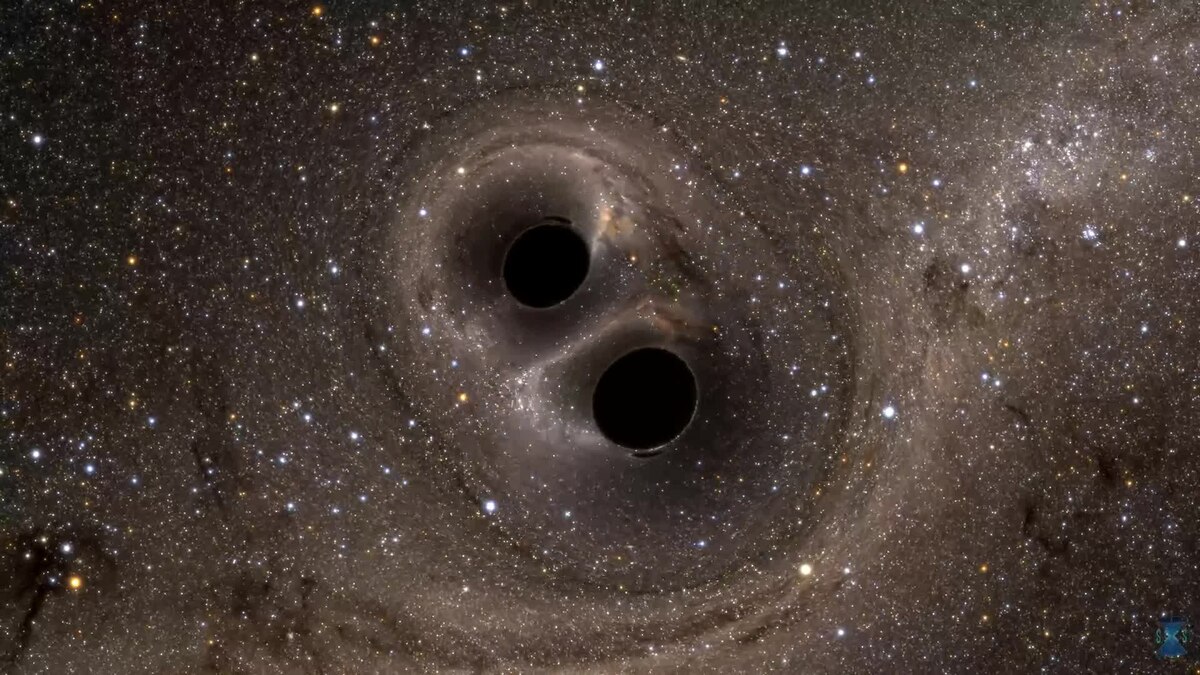
Black Hole Merger Provides Clearest Evidence Yet that Einstein, Hawking, and Kerr were Right
September 18, 2025When two black holes collide and merge, they release gravitational waves. These waves can be detected by sensitive instruments on Earth, allowing scientists to determine the mass and spin of the black holes. The clearest black hole merger signal yet, named GW250114 and recorded by LIGO in January 2025, offers new insights into these mysterious objects.
-
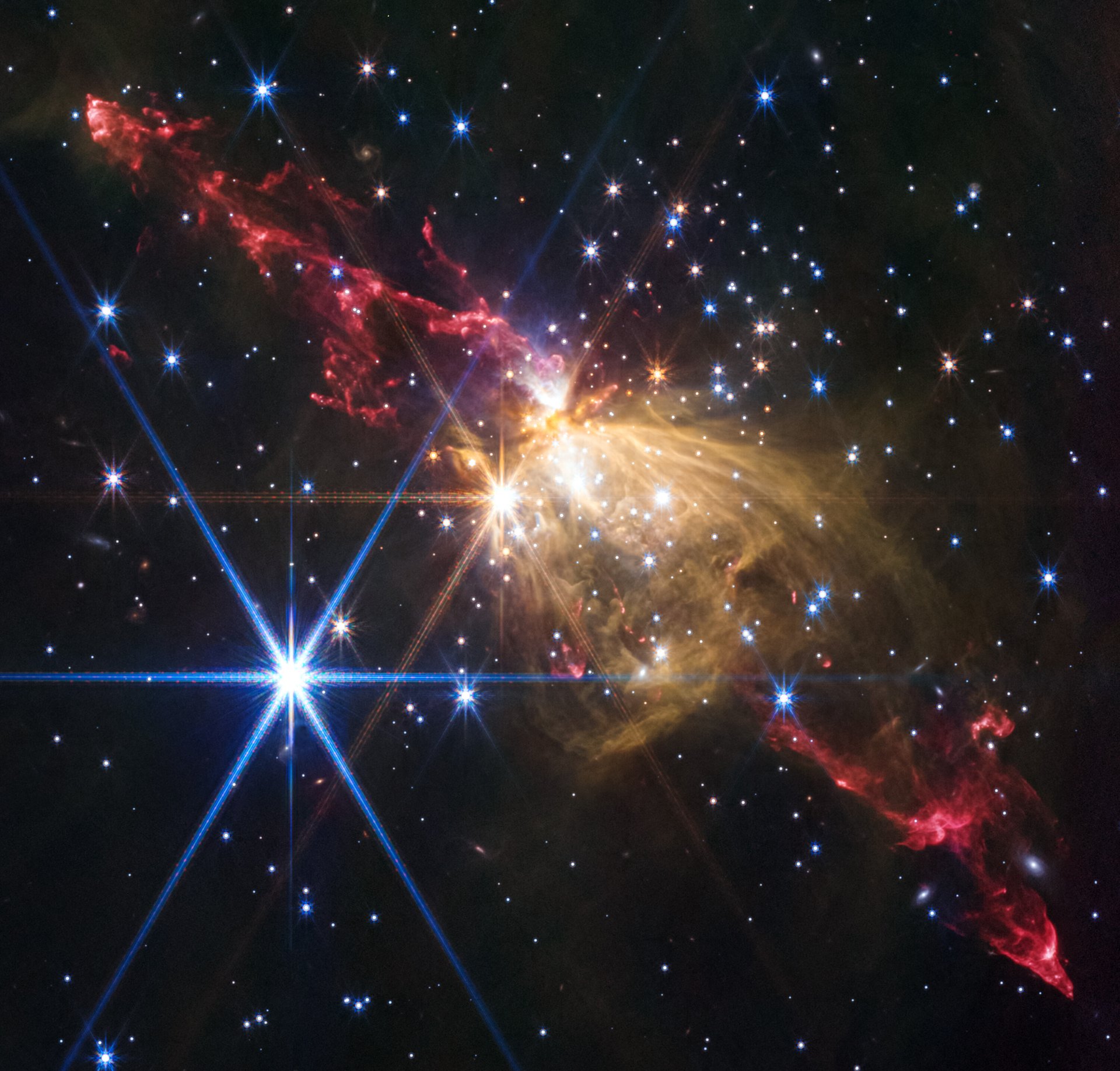
Webb Spots a Massive Stellar Jet in the Outer Milky Way
September 17, 2025NASA's James Webb Space Telescope recently imaged an extremely large and symmetric protostellar jet at the outskirts of our Milky Way galaxy. From tip to tip, this protostellar jet is 8 light-years across, about double the distance from our Sun to its closest neighboring star system, Alpha Centauri.
-
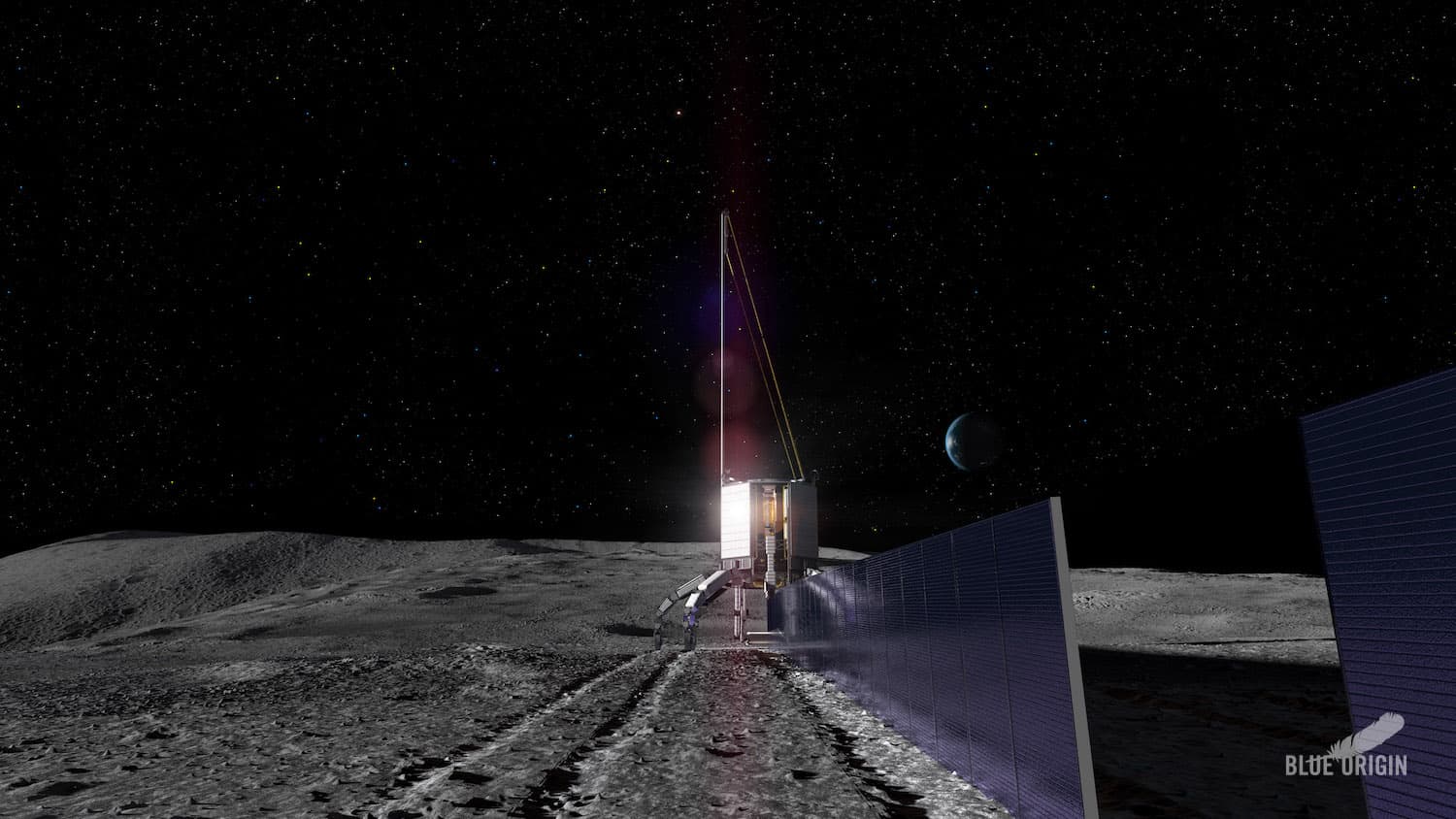
Blue Alchemist Is One Step Closer to Creating Sustainable Infrastructure on the Moon
September 16, 2025Blue Origin's breakthrough in-space resource utilization system aims to turn lunar regolith into solar arrays, metals, and breathable and propellant-grade oxygen, enabling sustainable robotic and human Moon missions and future Mars exploration.
-
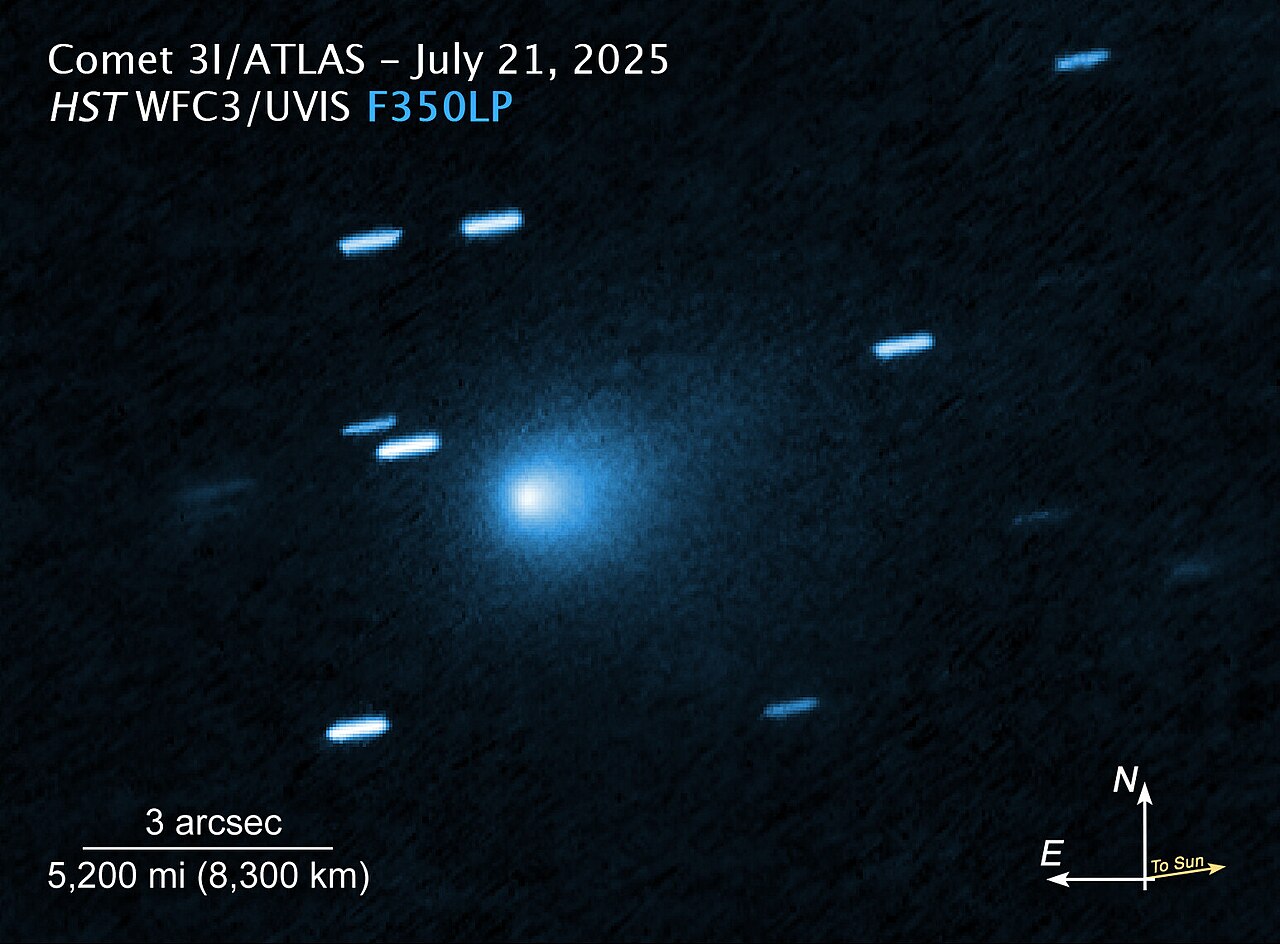
A Spacecraft Could Explore 3I/ATLAS to Learn More About "Cosmic Noon"
September 15, 2025An examination of the interstellar object 3I/ATLAS shows that it is likely to be a remnant of the Galaxy's “Cosmic Noon” period, ca. 9 to 13 billion years ago. An examination of the object by an active mission could provide clues about stellar and planetary formation, and maybe the emergence of life, during this early period of galactic history.
 Universe Today
Universe Today